Archaeological Site in Gwanbuk-ri and Busosanseong Fortress [UNESCO World Heritage] (관북리유적과 부소산성 [유네스코 세계유산])
2024-02-29
Gua-ri & Gwanbuk-ri, Buyeo-eup, Buyeo-gun, Chungcheongnam-do
+82-41-830-2880
Archaeological Site in Gwanbuk-ri and Busosanseong Fortress are historical sites dating back to the Baekje period (BC 18-AD 660), when they served as the capital from 538 to 660 AD. Archaeological Site in Gwanbuk-ri functioned as the royal palace where the king resided and governed during peacetime, while Busosanseong Fortress served as a defensive wall for wartime preparedness. Many Baekje historical relics have been excavated from these sites, and there is a virtual experience center called Sabido Fortress for visitors to explore, along with guided tour services available.
Gimhae Gujibong Peak (김해 구지봉)
2021-07-13
Gusan-dong, Gimhae-si, Gyeongsangnam-do
+82-055-331-0086
Gujibong Peak in Gusan-dong, Gimhae in Gyeongsangnam-do is believed to be the birthplace of King Suro, the founder of the Gaya kingdom. The peak was originally named Gusubong (“gu” meaning “turtle,” “su” meaning “head”) after its resemblance to the head of a turtle. The flat part of the peak (the turtle’s “head”) is home to the Tomb of King Suro. On the summit is a southern-style dolmen dating back to the 4th century BC that consists of 5 or 6 support stones and a large cover stone measuring 2.5m in diameter. The cover stone bears the inscription “Gujibongseok,” said to be written by Han Ho.
Gujibong Peak is considered a sacred place by the local people because, according to legend, it is the place where the creation of the Gaya Kingdom took place. During the Japanese colonial rule, the “neck” of the turtle was destroyed by the construction of a mountain road. Years later, a pedestrian road was built to rejoin the neck and restore the feng shui of the mountain.
Goryeong Janggi-ri Rock Art (고령 장기리 암각화)
2022-12-29
15-5, Araealteo-gil, Goryeong-gun, Gyeongsangbuk-do
+82-54-955-2201
Yangjeondong Rock Art (discovered in 1971) is a rock painting 3 meters high and 5.5 meters wide that vividly depicts the life and religion of the Prehistoric Age. Rock art from the time period was created on rocks or other planes considered to be sacred and usually carried a message of fertility. The artwork of Yangjeondong shows layered circles (symbolizing the sun and the moon), crosses (depicting the “life zone” of the tribe), and 17 masks. The artwork is considered to have been used for ceremonial purposes or farming events.
Tomb of Queen Consort of King Suro (김해 수로왕비릉)
2020-04-04
1, Garak-ro 190beon-gil, Gimhae-si, Gyeongsangnam-do
+82-55-338-1330
Tomb of Queen Consort of King Suro in Gusan-dong, Gimhae is the final resting place of Queen Heo, the Queen Consort of King Suro, the founder of Garak. The tomb dates all the way back to the Gaya dynasty and has been officially designated as Historic Site No. 74. Unlike many other ancient tomb mounds that are raised on flat land, Queen Heo's mound sits high upon a hill. In front of the tomb is Pasa Stone Pagoda, which its stones are known to have come from India.
Together with the Tomb of King Suro, the tomb preservation area was expanded in the 28th year of King Sejong’s reign (1446). Records indicate that the tombs were robbed over a century later during the Imjin War (1592-1598). The current headstone and plaque by the tomb was installed in the Joseon dynasty in the 25th year of King Injo's reign (1641).
Jecheon Deokjusa Temple (덕주사(제천))
2021-12-03
87, Mireuksonggye-ro 2-gil, Jecheon-si, Chungcheongbuk-do
+82-43-653-1773
Deokjusa Temple is a branch temple of Beopjusa Temple, the head temple of the 5th district of the Jogye Order. The temple is believed to have been established in 597 AD by Princess Deokju, the last princess of the Silla Kingdom. According to legend, Princess Deokju stayed at the site with Prince Ma-ui and built the temple, naming it after herself, along with the cave nearby. However, there are no records to confirm or refute these claims.
The temple once stood in front of the Rock-carved Standing Buddha of Deokjusa Temple (a Treasure), but was burned down during the Korean War. The present temple building stands about 1.7 kilometers from the original temple site and is the result of reconstruction efforts conducted in the 1970s.
Baegunbong Peak (백운봉)
2018-07-07
Yeonsu-ri, Okcheon-myeon, Yangpyeong-gun, Gyeonggi-do
+82-31-773-5101
Baegunbong (alt. 940m) is a sharp pointed peak that sits on the border between Yangpyeong-eup and Okcheon-myeon in Yangpyeong-gun, Gyeonggi-do Province. It is the highest of the peaks along the southern ridge of Yongmunsan Mountain (alt. 1,157m). The two most popular hiking trails along Baegunbong start at Yeonsu-ri in Yongmun-myeon and offer a relatively short hike to the summit.
Bonghwasan Mountain - Seoul (봉화산 (서울))
2022-09-14
Sinnae-ro 21-gil, Jungnang-gu, Seoul
+82-2-2094-2353
Bonghwasan Mountain (alt. 160 meters) in Jungnang-gu, Seoul offers scenic views of Buramsan, Dobongsan, and Namsan mountains. From the mountain, hikers can even see as far as the Yangju area of Gyeonggi-do Province to the north. Officially designated a “neighborhood park” in July 1977, Bonghwasan Mountain has a variety of convenience facilities, not least of which is the beacon tower of Achasan Bongsudae (remolded in 1994) perched on the mountain summit. Also near the summit is Sansingak Shrine, which is the site of the annual Bonghwasan Dodanggut (Intangible Cultural Property of Seoul), a shamanistic rite performed on the third day of the third lunar month.
Konjiam Resort (곤지암리조트)
2025-03-18
278, Docheogwit-ro, Docheok-myeon, Gwangju-si, Gyeonggi-do
Located in Nogobong Valley in Taehwasan Mountain in Gwangju-gun, Gyeonggi-do Province, Konjiam Resort is only an hour away by car from the Gangnam area in Seoul. The year-round resort boasts the largest ski slopes of Gyeonggi-do Province, a condominium with 476 rooms, the nation’s first residential spa, and a variety of other facilities. <br><br>
Some of the most unique features of the resort are the ecological stream running through the resort and the cave wine cellar where about 90,000 bottles of wine are stored. Another visitor favorite is the Konjiam Arboretum, which has 3,700 species of plants and about 20 themed gardens.
Gyeongju Royal Tomb of King Naemul (경주 내물왕릉)
2020-04-04
Gyo-dong, Gyeongju-si, Gyeongsangbuk-do
+82-54-779-6100
King Naemul was the 17th monarch of the Silla Kingdom (in power from 356 to 402) and became the second king of the Kim family name. King Naemul was known as the first king to initiate the king title of ‘Maripgan’ and was known for spreading cultural advancements from China to the Korean people. When the allied forces of Baekje and Japan attacked, he asked Gwanggaeto the Great of Goguryeo for help and led the people to victory, contributing to the increased strength of the Silla Kingdom. After his rule, the throne was exclusively ceded to members of the Kim family clan.
The royal tomb of King Naemul is a large mound (22 m in diameter and 5.3 m in x_height) that sits on the northern hill of the Confucian school of Gyeongju. The edge of a natural stone is exposed around the bottom of the mound, pointing to the fact that the inner chamber tomb was made of stone. In the historical document Samguk Sagi (History of the Three Kingdoms), no records are found about the tomb, but the Samguk Yusa (Memorabilia of the Three Kingdoms) describes the king’s tomb as being located in the southwest of Cheomseongdae, which is consistent with the tomb’s location.
Oksanseowon Confucian Academy [UNESCO World Heritage] (옥산서원 [유네스코 세계문화유산])
2023-04-17
216-27, Oksanseowon-gil, Gyeongju-si, Gyeongsangbuk-do
+82-54-762-6567
Oksanseowon Confucian Academy was built to commemorate the academic achievements and virtues of Confucian scholar Yi Eon-jeok (1491-1553). It was founded in 1572, the fifth year of King Seonjo’s reign, and received its current name the following year. It was one of the 47 Confucian academies that was ruled out from the Confucian academy abolition order made by Heungseon Daewongun. Although the building structures do not carry significant meaning in architectural aspect, the distinguished space arrangement of the buildings is hard to go unnoticed. Dokrakdang Hall, which was Yi Eon-jeok’s vacation annex as well as his study room, is situated 700 meters away to the north from Oksanseowon.
![Archaeological Site in Gwanbuk-ri and Busosanseong Fortress [UNESCO World Heritage] (관북리유적과 부소산성 [유네스코 세계유산])](http://tong.visitkorea.or.kr/cms/resource/33/2366333_image2_1.jpg)
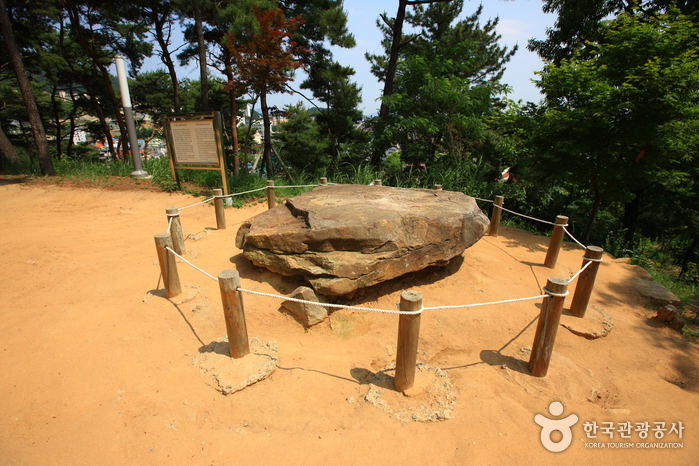
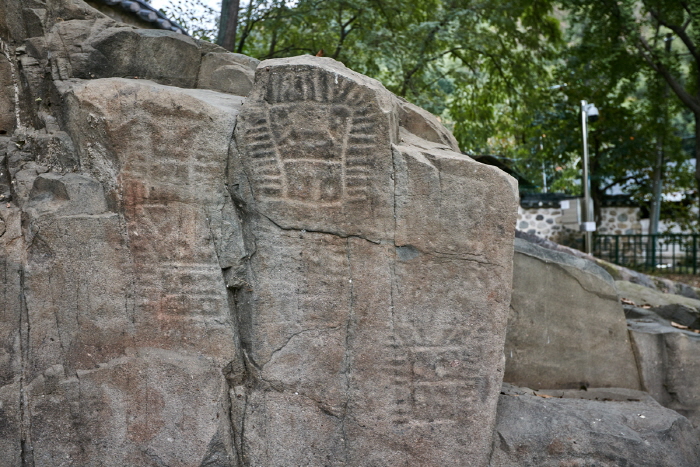
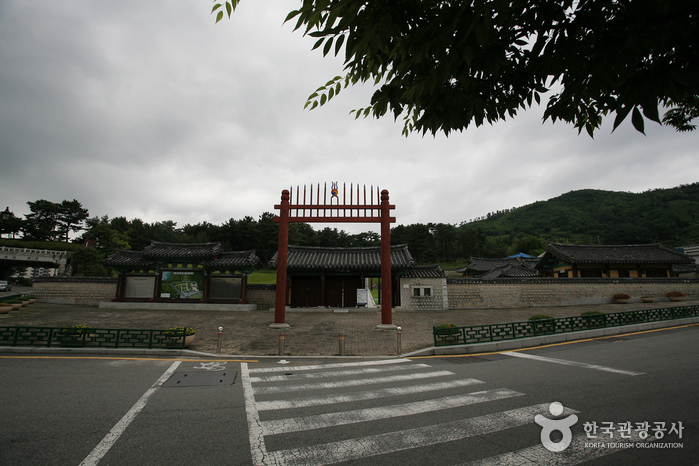
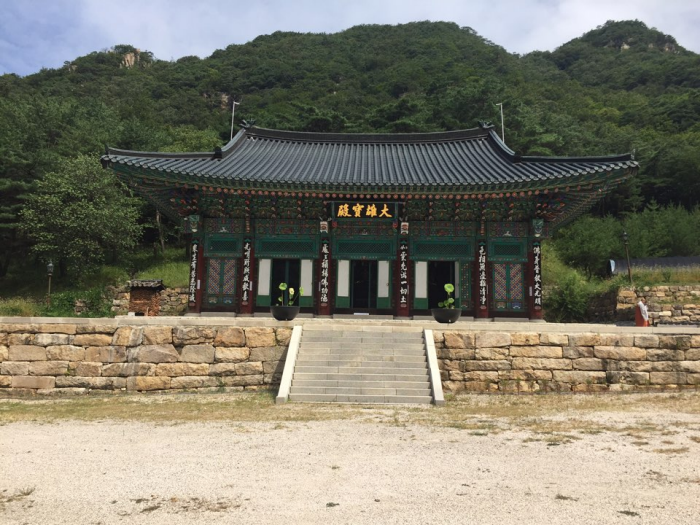
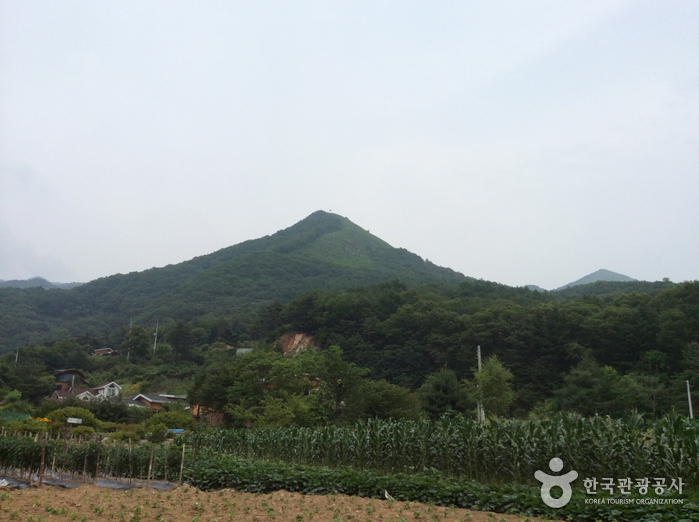
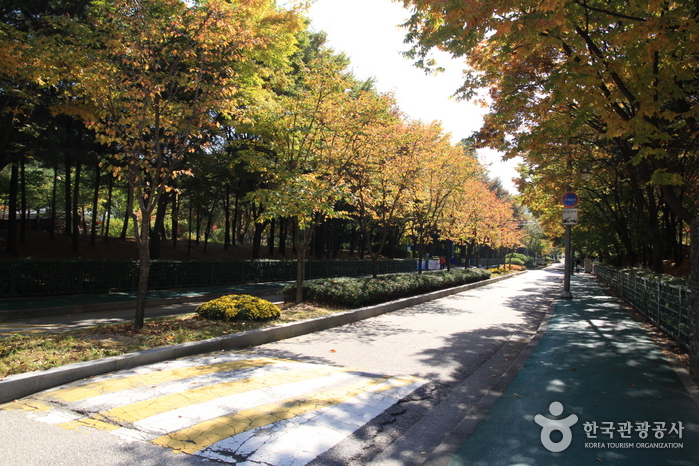
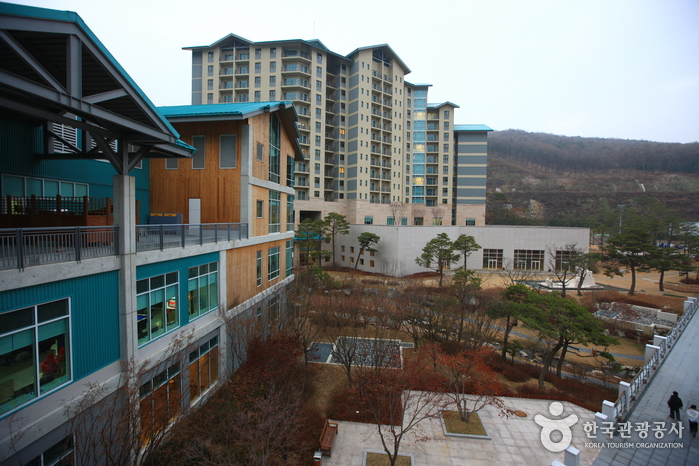
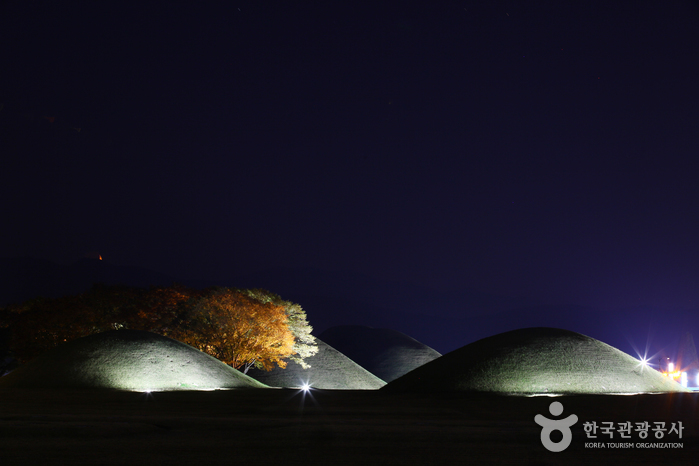

 English
English
 한국어
한국어 日本語
日本語 中文(简体)
中文(简体) Deutsch
Deutsch Français
Français Español
Español Русский
Русский